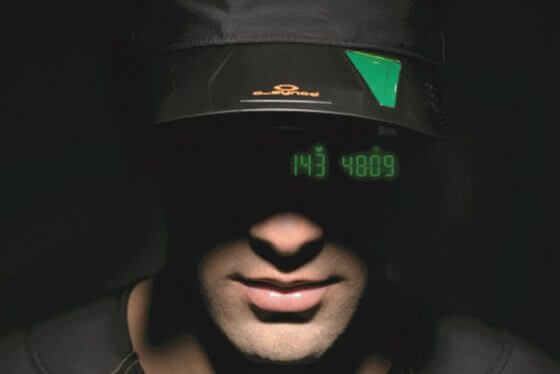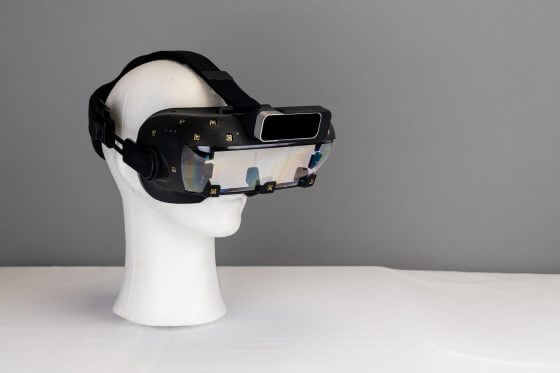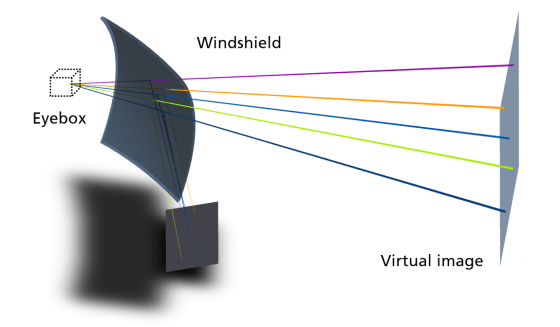
Expanding reality, creating comfort.
Augmented Reality (AR) and Virtual Reality (VR) applications enable the convenient presentation of information directly within the field of vision of its user. The display of virtual images and content is oftentimes combined with intelligent motion sensors, therefore allowing for more comfortable navigation, more efficient work and more immersive experiences.
The scope of application of AR/VR systems is versatile:
- AR / VR glasses: industry and entertainment
- Head-up displays: automotive, motorcycle
- Head-mounted displays: sports, e.g. running and cycling, solutions as part of a helmet
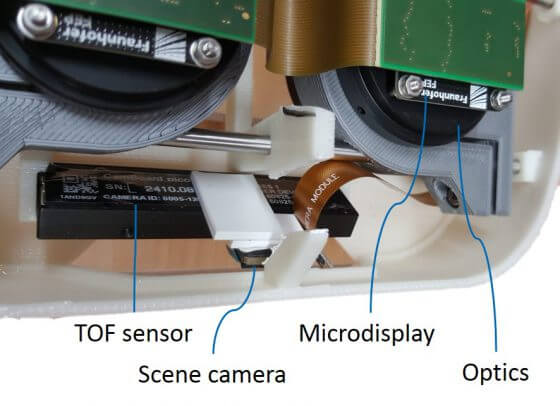
Challenges
Large eyebox, minimal installation space, high image sharpness, accurate color reproduction, low power consumption, low weight, low priced manufacturing, … The wish list of AR/VR systems is expansive, but no system meets all demands simultaneously. Since the individual specifications mutually affect each other an optimal balancing of the weight of the individual specifications with regards to the chosen application must be an integral part of the development right from the start.
The optical design oftentimes consists of only a few optical elements. Yet, in addition to common optical parameters and manufacturing tolerances, the intrinsic properties of the human eye must be considered in the system optimization. Those include different eye positions, the eye’s ability to accommodate to different distances, and the area of sharp central vision (Fovea centralis).
To verify the specifications developers frequently make use of rapid prototyping. Optical, mechanical (oftentimes realized with 3D printing) as well as electronic components are manufactured and assembled close-to-production.
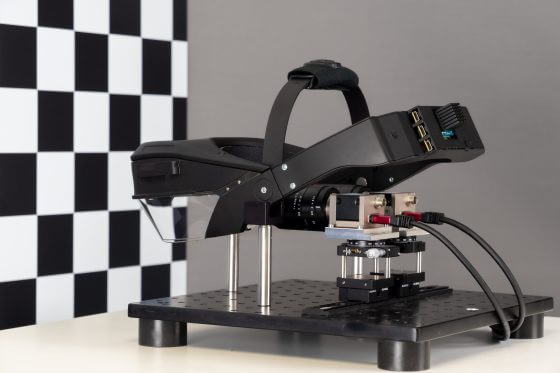
Inspection and assembly
In order to achieve optimal imaging quality for AR glasses in mass production the manufacturing process relies on strict quality control.
Generally, quality control is ensured for single components (incoming components inspection) as well as via continuous monitoring during the assembly and alignment process. Calibration and pre-delivery inspections of AR/VR systems require the development of test benches emulating the human perception.

DIOPTIC offers:
DIOPTIC is highly specialized in optical systems. We support our customers with determining the specifications of their AR/VR application, its development, prototype construction, and final inspection.
- Determination of specifications
- Optics design
- Development and manufacturing of prototypes
- Test benches
- Support en route to mass production
For advice, contact: Dr. Markus Rollinger | Tel.: +49 6201 650 40-16
